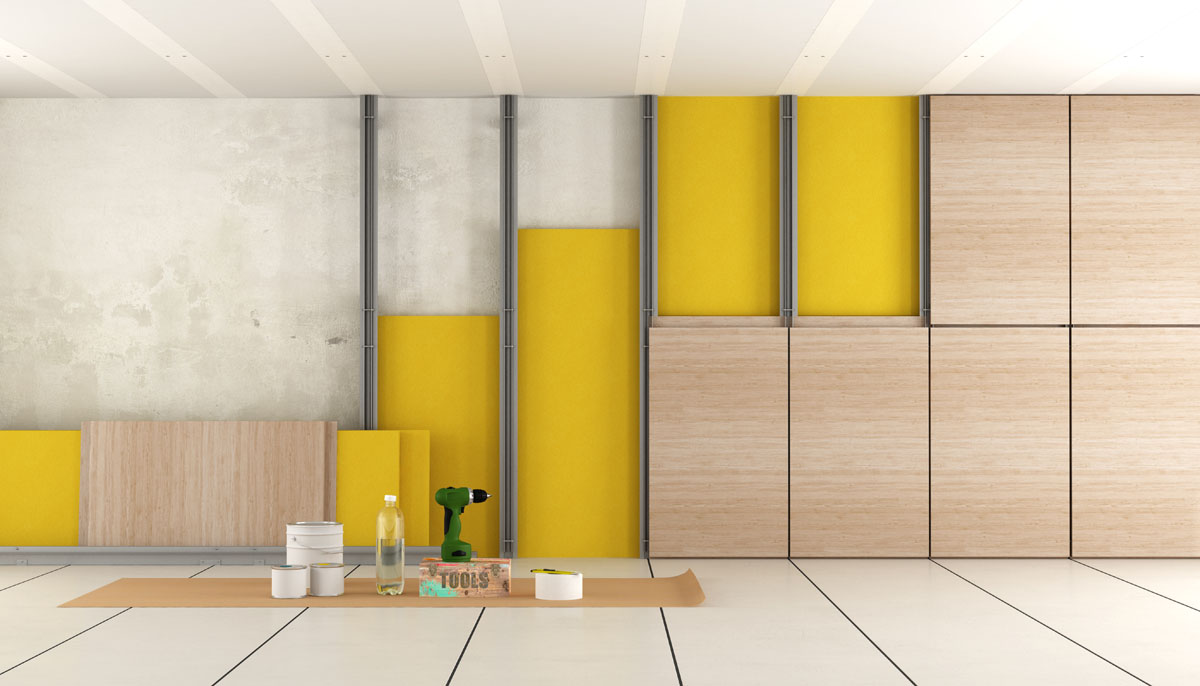In today’s world, most homeowners are familiar with the dangers associated with inhaling and disturbing asbestos fibers. Older homes often feature asbestos in diverse places such as floor tiles, furnaces, and hot water pipe insulation. People are advised not to disturb it and leave it in place or if it has to be moved or has become disturned call in the services of a professional asbestos abatement company to handle the situation.
However, asbestos can also be found in some forms of wall and loose-fill attic insulation as well. If the insulation is in batt form there is nothing to worry about – it is loose-fill insulation poured loosely into wall stud cavities or joists that are problematical. You may also find thousands upon thousands of loose particles beneath the floorboards of your attic and inside walls. All of those can be a dangerous risk.
Read on to learn more about whether your attic insulation contains asbestos.
Vermiculite Attic Insulation
The primary sources of asbestos danger include vermiculite attic insulation. That said not all sources or brands of this product are hazardous. Vermiculite itself is not by manufacture harmful. it is often used in gardening to loosen the soil. It is a pellet-like mineral that expands at high temperatures.
Of course, it is also used for insulation. a US brand made for about 70 years from the Libby mine in Montana called Zonolite has become a health danger as the contents include Tremolite, an asbestos-like material. Around 70% of homes in this time period used this form of insulation. Here are some signs to look for that indicate your loose-fill insulation may be contaminated with asbestos:
- Your house was constructed prior to 1990
- The particles of insulation have a particular color. Zonolite was often a gold-silver or a brown-gray in appearance.
- There is an accordion-style texture to the particles.
- If the insulation lays flat it may well be Zonolite in the joist cavity, versus loose-fill fiberglass whereby the particles have a tendency to puff-up because of heat.
Is The Loose-Fill Gray, Soft And Lacking A Shine?
if so, it is most likely insulation made from cellulose containing no minerals and a high content or recycled paper. A closer inspection reveals there are no earth minerals present, just the appearance of shredded gray paper. This makes cellulose very safe and popular flor blowing into the cavities between the joists.
Is The Loose-Fill White And Fluffy With A Slight Shine?
This is most likely to be fiberglass insulation. The slight shine coming from the fact it is a glass product. Very soft to the touch, it can be a hindrance to breathing but is not known to have long time side effects like cancer.
Is The Loose-Fill Gray, Fibrous, And Puffy?
Rock wool is yet another loos-fill insulation that is mineral-based giving off a soft, almost cotton-like appearance in its bundles of fibers. Off white in color, it is made by letting basaltic rock as well as dolomite and them air pressure is utilized to spin it into fibers. Obviously the fibers should be handled cautiously but as yet this material is not known to cause cancer.
What To Do If I Suspect I have Zonolite Vermiculite Insulation?
The best way to see if your insulation contains Zonolite is to purchase an asbestos testing kit or have a commercial company come out and test on your behalf. If it turns out you have Zonolite, you are strongly advised to find an abatement company to handle the removal.
Asbestos, OSHA & AHERA Training
The Asbestos Institute has provided EPA and Cal/OSHA-accredited safety training since 1988. From OSHA 10 to hazmat training and asbestos certification, our trusted and experienced instructors make sure participants get the high-quality initial and refresher training they need.
Classroom
We train on-site at our headquarters in Phoenix, AZ or at our clients’ sites across the U.S. We offer both English and Spanish courses. Browse Classroom Classes
Online
Online courses allow you to align your learning with your personal schedule. This is a great option for students with family and work commitments. Browse Online Classes
Webinar
Live webinars allow you to watch instructors on demand from the comfort of your home or office. Learn, chat with other students, and ask questions in real-time. Browse Live Webinars


